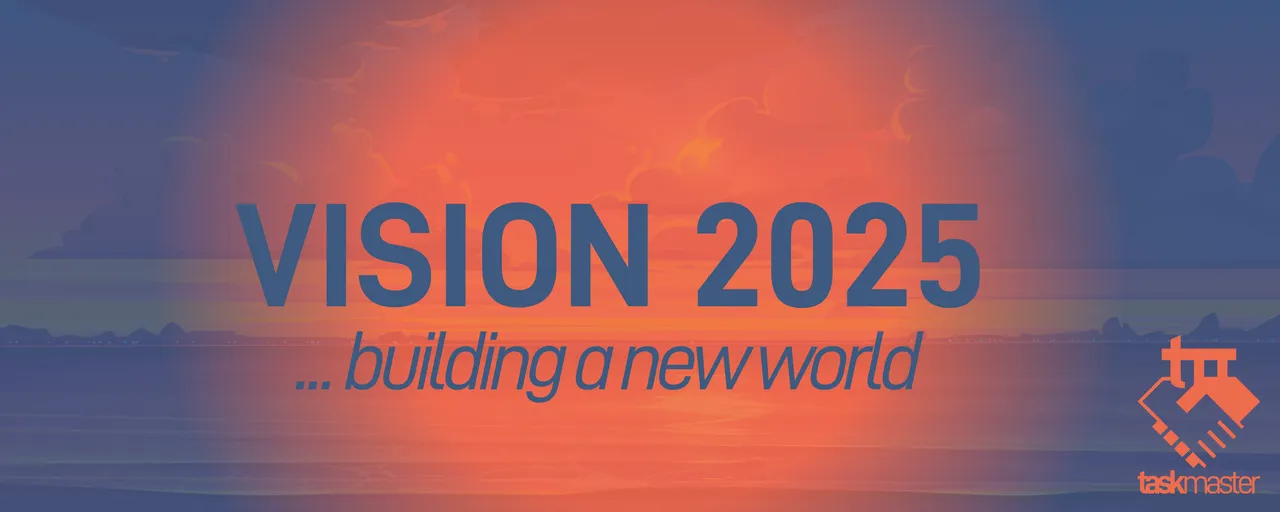Hive is missing the boat on something great.
As we stated on a number of occasions, Hive is unique. There are many characteristics at the base layer that make Hive different from most other blockchains. We can (and do) point to some of these in our discussions.
There is one aspect that gets overlooked. This is actually not only done by people on Hive. Instead, it is almost all who are involved in blockchain.
We have everyone focusing upon price they are missing powerful technology that is before them. This has caused the development by entrepreneurs to focus upon tokenization and leveraging that. While that is a sound approach, it is missing something even more fundamental.
Our delving into this subject starts with the investigation into blockchain. This is where it becomes evident as to what is possible.

What Is Blockchain
Blockchain is often called distributed ledger technology (DLT). It is the ability to write transactions into a data structure called blocks. Each block is joined to the others in the network through hash.
This came to prominence with Bitcoin. That network has a ledger of transactions going back to the genesis block. Any coins that are moved are charted by the network with the miners arriving at consensus. The key is to prevent double spending, an issue that plagued developers before Bitcoin.
The ledger that is created is similar to that of a bank. It is a bunch of financial transactions over time. Think about your bank account. When you log in, there is a listing of all the debits and credits along with the latest account balance.
In short, your bank maintains a ledger of all the transactions its customers make. This is integrated with the ledgers of other banks, a combination which keeps track of all the money moving through it.
The difference with blockchain is that the ledger is decentralized. Many different nodes (computer) run the software, most unrelated to each other. The protocol is responsible for how consensus is determined, ensuring all nodes agree on the ledger as new blocks are added. This is how account balances are maintained.
A new way of maintaining a ledger was a powerful change to the financial world. At this point, no longer were intermediaries required to update the ledger and balances.
Cryptocurrency
Many look at blockchain and the only thing they see is cryptocurrency. This is the wrong way to view things.
Cryptocurrency is simply a use case for blockchain. It is not the totality of it nor is it limited to just this application. This is akin to email. When this was introduced, it became the first use case for the Internet that was mass adopted. However, nobody would ever claim email and the Internet are synonymous. The latter is obviously much bigger than email.
The same holds true for the relationship between blockchain and cryptocurrency. While it is the most successful application tied to this new technology, it will not likely be the biggest. We will see it eclipsed over the next decade by other use cases which enter the public consciousness.
This is no different how social media, another application on the Internet, usurped email.
Thus, when we delve deeper into blockchain, we can see that it is a decentralized database. This makes it much bigger than cryptocurrency. It means any financial ledger can operate on blockchain even if it doesn't have the medium of exchange attribute to it (think inventory ledger).
Decentralized Text Database
Thus far, we used the term "ledger" to describe the database tied to blockchain. This is an intentional approach.
When we look at the databases of many blockchains, at their core they are ledgers. The ability to store text is not native to many of this. This is not the case with Hive.
Hive has the ability to immutably store text at the base layer. This means we are dealing with a permissionless database that can house any text document, akin to either Microsoft Word or Excel.
This is what the network has written to it. What that text is can be anything. Here we see a host of use cases opening up. Unfortunately, it is something that few have considered to much of a degree.
Consider all the data that is available online. How much of it is on centralized servers? The overwhelming majority. Of course, most of this is useless information that doesn't matter in the long run. However, there is a lot of stuff that humanity would suffer it is was lost.
How much of this is being transferred to immutable, decentralized databases? What projects are even looking at this as a means of setting up a business?
It is a major point of value that Hive is missing.
Podping
One project that is already running is Podping. Early on, some were upset at the "spamming of the blockchain". This shows how we lose focus of what Hive is all about.
Podping is a podcasting updating service. It basically takes new episodes and broadcasts the URL out. This negates the ability of indexing services to censor particular content by burying the URL.
With this service, podcasting application can simply scan the Hive blockchain and incorporate the updates as they are delivered. Here is a powerful use case for the network since nobody can censor or stop the data.
Since the introduction of the service, many applications have started to utilize it. We are also seeing other features being constructed such as a global notification system. This was not possible before Podping
Wikipedia On Hive
This is something we discussed in the past.
One of the major use cases is creating repositories of information. While people posting about their travel experiences to the Alps is useful, it is only the tip of the iceberg. There is a lot more data out there which is vital to preserve.
We mentioned the idea of Wikipedia of Hive. That is mostly a text database that has become the defacto "encyclopedia" for researchers. It also is one of the best ranking sites for search engines.
How come nobody undertook the task of building something like that on Hive?
There are an assortment of other ideas that stem from this. Just consider the data tied to:
- sports such as stats (baseball reference)
- films and entertainment such as IMDB (which is owned by Amazon)
- historical data
All of these can be reference centers built on Hive.
Then we have other aspects such as shipping manifests and passenger lists. Of course, the fact the data is public for all to see makes it difficult to place. However, posting data in encrypted form could serve as a possible solution.
Heck, has anyone even put the capitals of the 50 states in the U.S. on-chain.
A decentralized database that is maintained by a diverse group of unrelated node operators is very powerful. With censorship and rewriting of history, we can see how this could radically alter things.
For example, what is all government data that is used for things such as unemployment, climate change, and other policy tools had to go on a blockchain like Hive. Then people could sift through it to see what was really taking place.
Naturally, this is not what governments want since control is their business. Yet, aren't we do the same thing by ensuring that other data that is beneficial to humanity is housed on Google's or Amazon's servers?
Basically we give all power to them.
Obviously, not all data is going to be on (or even belongs) on a decentralized database. Nevertheless, there is a lot that could be. Hive should have a couple dozen projects working on this since it is easy to start and requires no grand intelligence. This can even be accomplished with no technical skills whatsoever.
The bottom line is that if we look at Hive through the lens of the value of the coin, that is like believing the Internet is just email. This is a pretty foolish approach yet that is what most do.
It is time to start changing that.
By creating useful databases of text, something that cannot easily be done on other blockchains, the value of Hive can skyrocket. After all, resource credits are required to do anything.
To me, this is one of the most valuable use cases for Hive.
One final thought: one a few of these are built, what happens when other projects start looking for a new chain to operate upon? Suddenly there are examples to point to of how Hive already is able to handle it.
Business 101.
If you found this article informative, please give an upvote and rehive.

gif by @doze

logo by @st8z
